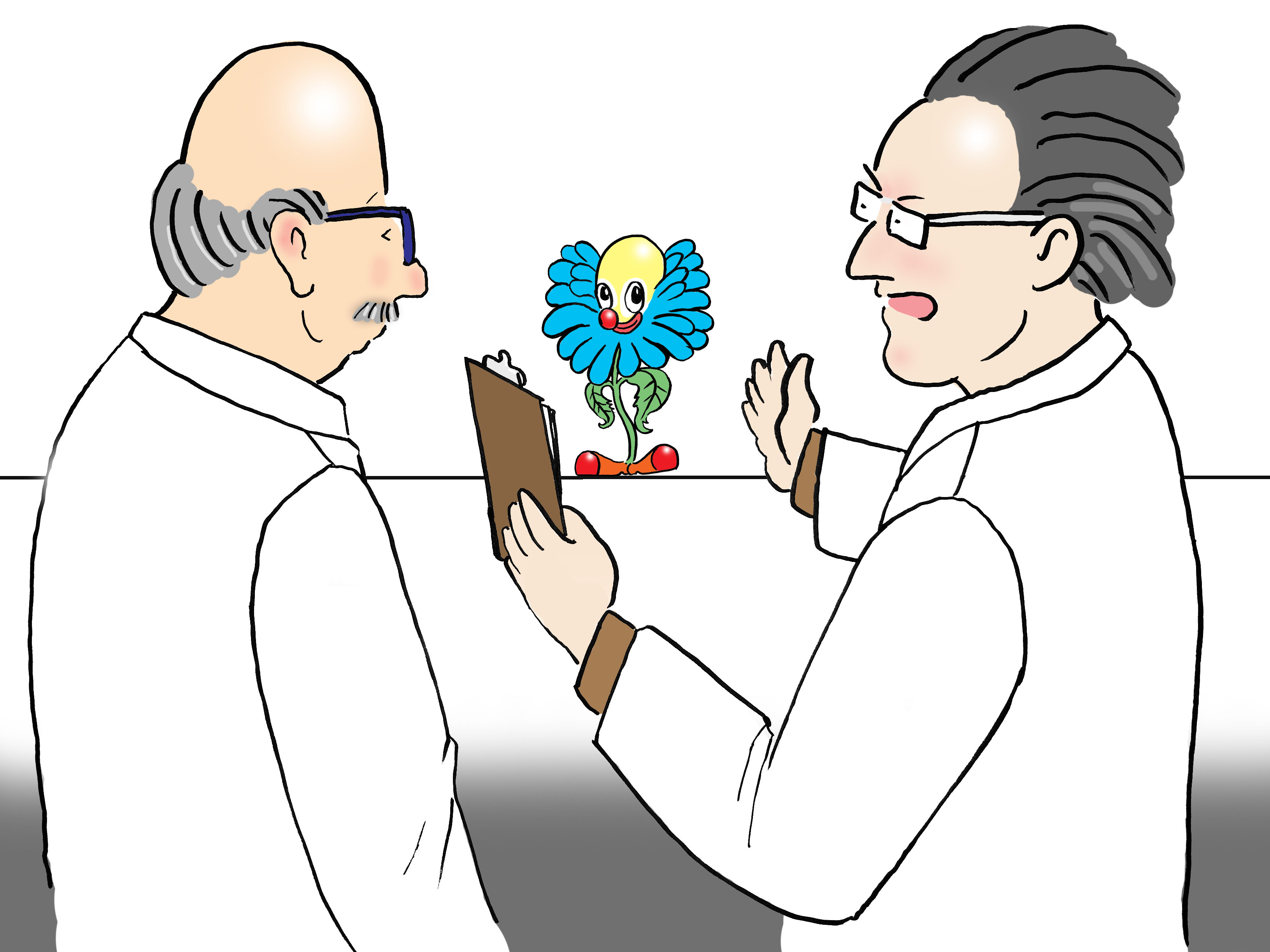
|
|
|
|

|
|||
|
|
|||
|
|
|||
When perennial weeds reproduce from stolons, runners, rhizomes, bulbs and tubers it is a form of cloning. These include common weeds like bermudagrass, nutsedge,perennial johnsongrass etc. Crops like onions, grasses, potatoes, garlic, etc. that are planted from plant parts is a form of cloning. The new plants have the identical genetic makeup as the originals. Cuttings, rhizomes and stolons produce a callus or mass of non specialized cells that produce roots stems and new plants. It is often more difficult to control perennial weeds than annual weeds because the reproductive parts are commonly underground and difficult to contact. Preemergent herbicides are ineffective. On the other hand, weeds that have produced vegetatively are identical and cannot adapt to changing conditions. They have only one parent and they do not disperse as rapidly as weed seeds. |
|||
| Back | |||
|
For questions or comments on any of the topics please contact Marco Pena at the Yuma Agricultural Center.
|
|||
|
Home |
Cotton | Veggies |
Forages | Grains
| Citrus |
Crop x Crop Insects | Diseases| Weeds | Pesticides | Economics | News | Weather | Research | Photos | Contacts | General Info. Copyright © 2001 University of Arizona, College of Agriculture and Life Sciences Webmaster: Al Fournier (acis@ag.arizona.edu) |
|||

